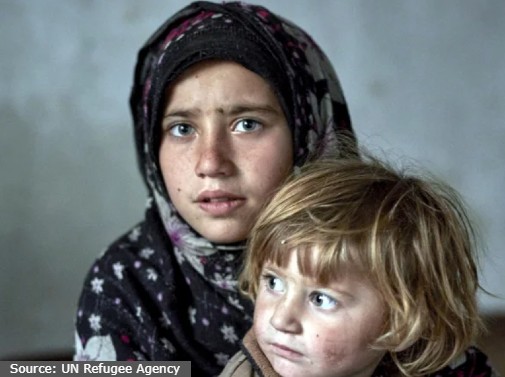Forced displacement is an involuntary or coerced movement of people away from their home or home region. Currently, there are staggering levels of displacement – 29 million people are forcibly displaced by due to war and conflict. Eighty-six percent of refugees reside in developing, conflict-affected or low-income countries that are already struggling to ensure stability and services for their own populations. These statistics highlight the need for the international community to recognize the urban characteristics of displacement and take steps to ensure appropriate approaches to support displaced individuals.
A surge in violent conflict since 2010 has led to higher levels of forced displacement. Recently, the war in Ukraine caused the fastest-growing refugee crisis in Europe since the end of World War II. Today, there are more than 84 million forcibly displaced people, including refugees, internally displaced persons, and asylum seekers who have fled their homes to escape violence, conflict, and persecution.
Displaced people endure hardships that make them vulnerable. Many suffer from trauma, xenophobia, and violence. The government must step in and aid displaced people in regaining their agency and beginning to rebuild their lives.
The forcibly displaced often live in poor areas in developing countries that are struggling to meet their own development goals. When they have to accommodate the newly displaced people, there is a challenge imposed on the host government, and they have a hard time delivering basic services.
Thus, this makes it crucial to view displacement as not only a humanitarian crisis but also a development challenge. Humanitarian agencies have developed solutions that involve integrating the community and setting up local systems. However, due to additional risks for women, I believe it is crucial to account for gender in these solutions.
Amidst displacement globally, women and girls battle additional risks such as physical and sexual violence, kidnappings, early and forced marriages, and intimate partner violence. Many suffer the resulting trauma for life.
Interventions to address gender inequality require comprehensive analyses and understanding of the socio-cultural norms and concerns of d women living in camps versus those displaced in urban and rural areas.
I urge governments, humanitarian bodies, and authorities to prioritize gender inequality in fragile settings to ensure equitable protection and inclusive treatment of women. Even teens like us can advocate since everyone can play a role in pushing this agenda forward.
![]()
- United States
